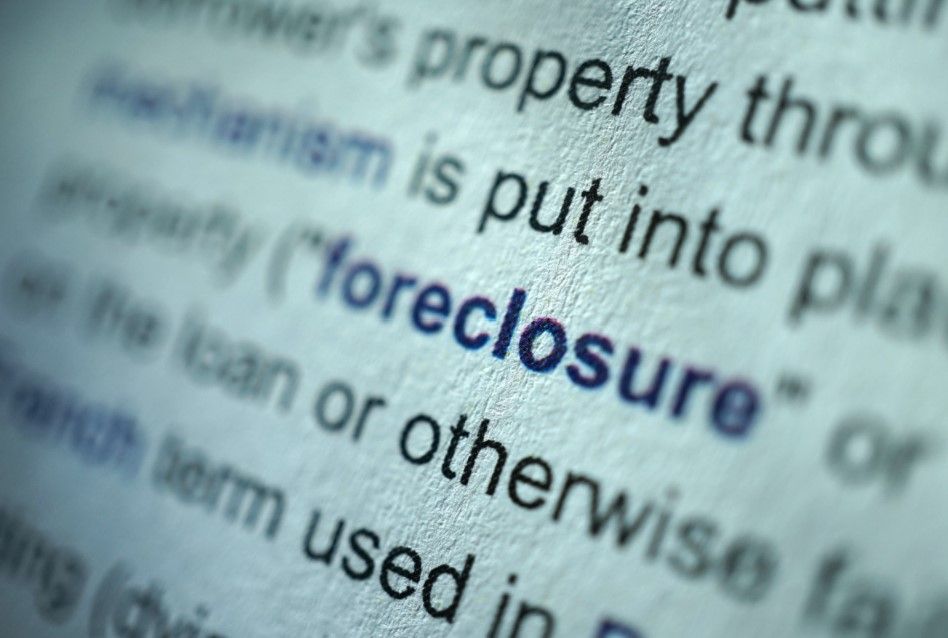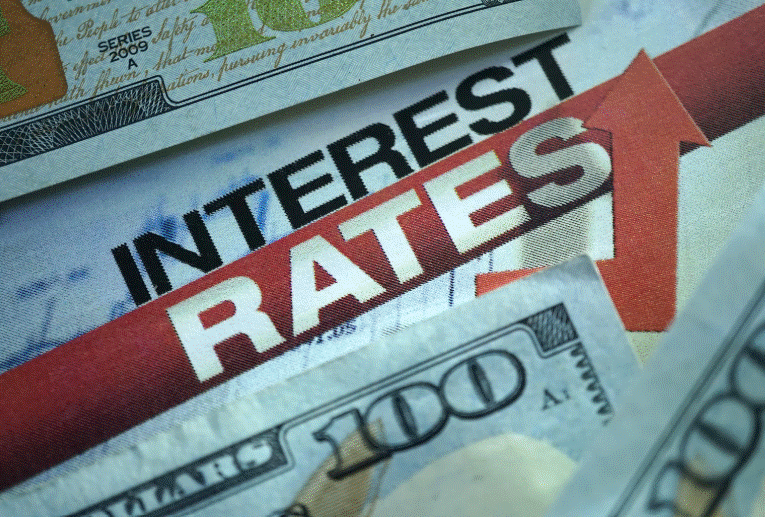On February 16, 2021, President Biden announced the mortgage forbearance program would be extended through the end of June. This announcement has taken immediate pressure off millions of American homeowners that have been adversely impacted by the pandemic. In fact, according to a respected analytics and data provider, Black Knight, Inc., 6.48 million households have a forbearance plan where they don't have to make payments on their home loans, due to financial concerns and effects brought on by Covid-19.
What Does This Extension Mean?
The forbearance extension means that lenders cannot begin the process of foreclosing on homes through the end of June. It offers delayed home loan payments until July. In addition, it allows those who haven't yet applied for a forbearance, six months of additional mortgage forbearance, for those who enroll on or before June 30.
How Will the Extension Impact the Economy?
There is good news according to Black Knight, Inc. Of the 6.48 million homeowners that applied for the forbearance program, 39% are current on their payments and are out of the program. Seven percent of homeowners on the forbearance program have negotiated a new payment plan with their lenders while nine percent of these homeowners have actually paid off their loans! As of now, only 35% of homeowners have taken advantage of this new extension and have extended their original forbearance plan. According to an article on Politico.com, this means that 2.7 million Americans are still in forbearance.
What is Expected to Happen After the Forbearance Extension?
Some believe that with this many loans in forbearance (2.7 million), there will be an astronomical number of foreclosures after the extension period ends. There has been speculation that the recession will continue with a real estate crash, and that home values will drop significantly because of the foreclosures. This is simply untrue. There will no doubt be foreclosures. However, the inventory of homes for sale is so low that it may actually balance out the number of available homes with the number of buyers on the market. Lenders don't want a repeat of the 2008 recession where there were too many foreclosures on the books.
How is This Recession Different?
The recession that began in 2008 was actually caused by the housing market. The recession that began in 2020 is different. This recession was caused by the effects Covid-19 had on the economy. In reality, real estate will be the factor that leads us out of the recession this time. This time, the housing supply is limited and the inventory of available homes is at a historic low. This time, housing demand is real with more pent-up buyer demand. Finally, this time, homeowners have plenty of equity in their homes. According to keepingcurrentmatters.com, one of the issues that started the 2008 recession was too many cash-out refinances. They state, "from 2005 through 2007, Americans pulled out $824 billion dollars in equity". Then, as prices began to drop, homeowners had little or no equity left in their homes leaving many with negative equity. This led to defaults on their payments and ultimately, too many foreclosures, which brought home values down considerably. According to ATTOM Data Solutions, 17.8 million residential properties in the US were considered "equity-rich" in 2020. In fact, according to the Census Bureau, over 38% of owner-occupied housing units are owned "free and clear," without a loan balance.
The forbearance extension will undoubtedly help keep enough homeowners afloat. The number who do end up in foreclosure situations is expected to be in line with the past few year's averages. The housing market is expected to remain strong.





